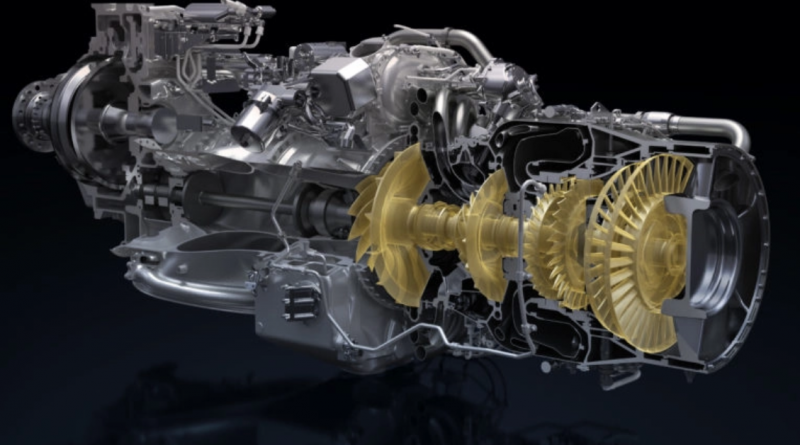Pratt & Whitney Introduces the PW127XT
Pratt & Whitney Canada and ATR introduced the PW127XT in Dubai on Monday. The PW100 engine family of which the PW127 is a part has been in service since 1984. It has greatly contributed to Pratt & Whitney’s dominance in the regional aircraft market. In fact, the engine manufacturer controls 89% of the engine market for regional aircraft. The PW100 and PW150 have a power of 2,000 HP to 5,000 HP on the shaft. They propel or have propelled the following 15 types of aircraft: An-132D, An-140, ATR-42, ATR-72, BAe ATP, CL-215 T CL-415, DASH8-100-200-300-400, Dormier-328, C-295, EMB-120, Fokker-50, Fokker-60, IL-114 and MA60.
Over the past few years, Pratt & Whitney has been working on various possible improvements to the PW100 range. The result is the PW127XT with a hot section service interval is changed from 14,000 to 20,000 flight hours. This is therefore a 40% extension of the time on the wing before the first removal of the engine. The manufacturer estimation is that this will reduce maintenance costs by 20% *. This new version will also consume 3% less fuel. Pratt & Whitney used new materials to extend longevity. It also developed a new gas generator housing with an improved lubrication system.
ATR
ATR was present with Pratt & Whitney during the unveiling of the PW127XT. The aircraft manufacturer said that this engine would be standard for the ATR42 and 72. Air Corsica will be the launch customer with an order for 5 ATR72-600s equipped with the PW127XT. The first delivery is scheduled for November 2022.
Conclusion
The PW127XT comes as R&D projects with alternative energies multiply. But it will probably take ten years or so before being able to fly a regional aircraft with more than 36 passengers. With this new version of the PW127, ATR and Pratt & Whitney are buying time before new green technologies arrive. It allows the two manufacturers to keep their respective production lines alive.
* Pratt & Whitney uses the following assumption: Average flight time is one hour and annual usage is 2000 hours.
>>> Follow us on Facebook and Twitter

